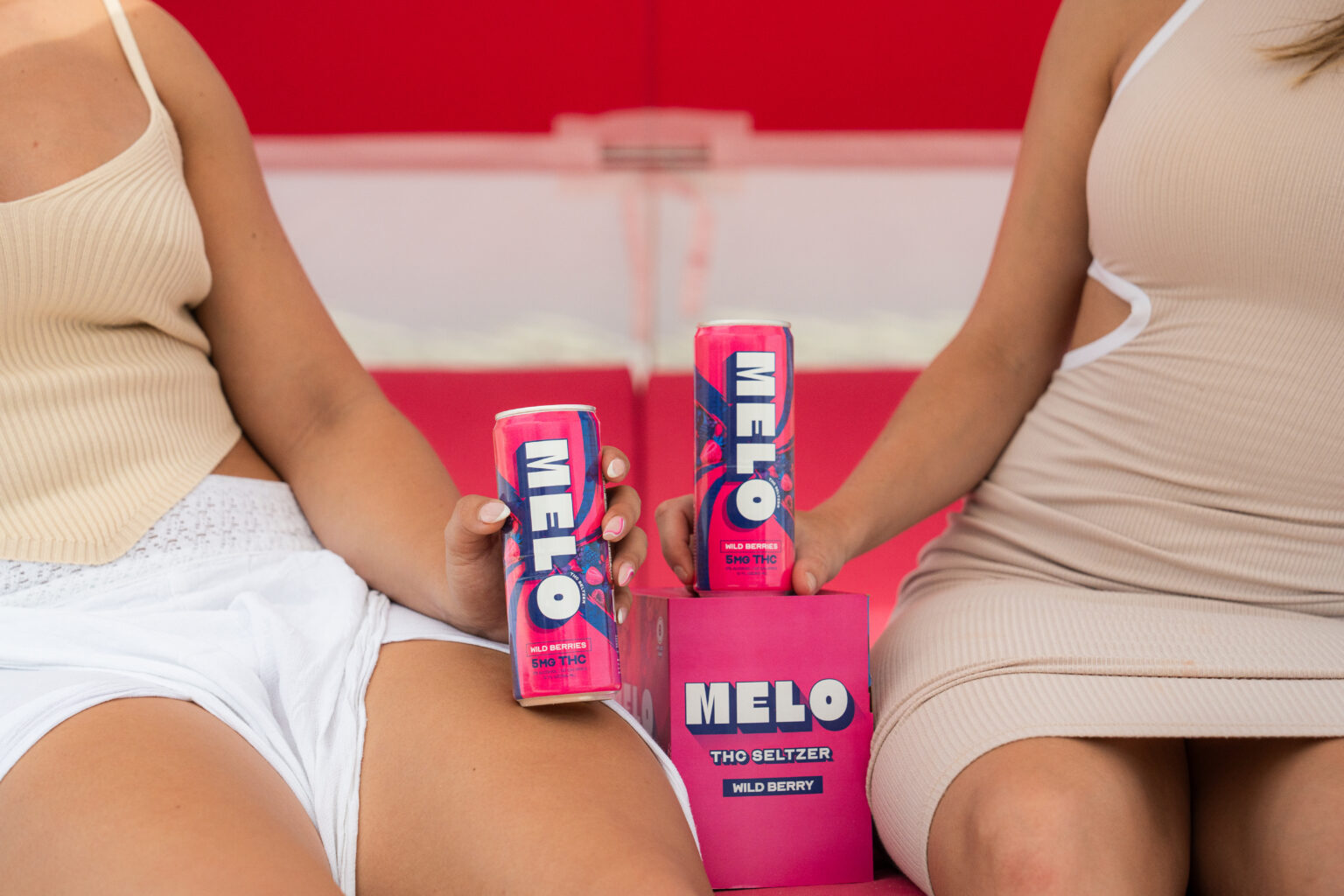Factors Affecting THC Content
The amount of THC, the psychoactive compound in cannabis, present in a beverage can vary significantly. Numerous factors influence this content, impacting the overall potency and effects of the drink.
Type of Cannabis Used
Understanding dosages is crucial when consuming cannabis-infused beverages. The amount of THC, the psychoactive component, can differ greatly depending on several factors.
- Type of Cannabis Used: Different strains of cannabis naturally contain varying levels of THC. Indica strains are often known for higher THC content, while sativa strains may have lower levels.
- Growing Conditions: Factors like soil quality, sunlight exposure, and cultivation techniques can affect the plant’s THC production.
- Harvesting and Processing: The time of harvest and processing methods employed can influence THC concentration.
- Extraction Method: Different extraction techniques used to isolate THC from the cannabis plant can yield varying potencies.
- Dosage Accuracy: The consistency and accuracy of measuring and adding THC during infusion play a vital role in determining the final concentration in the beverage.
Extraction Method
Various methods exist for extracting THC from the cannabis plant, each impacting the final potency of the infused beverage.

One common method is CO2 extraction, which uses pressurized carbon dioxide to separate THC from other plant compounds. This technique is known for producing a high-quality extract with minimal impurities.
Another method is alcohol extraction, where ethanol is used to dissolve THC. This method can be less precise and may result in a less pure extract.
Solventless methods like rosin pressing involve applying heat and pressure to extract cannabinoids without using any solvents. This method produces a natural, solvent-free extract.
Dosage Standardization
The amount of THC in cannabis beverages can vary considerably due to numerous factors affecting both the initial cannabis plant and the extraction and infusion process. The type of cannabis used, with indica strains often having higher THC content than sativas, plays a significant role. Environmental factors during cultivation, including soil quality, sunlight, and growing techniques, also influence THC production.
The time of harvest and processing methods employed can further impact THC concentration. For example, longer curing times might lead to some THC degradation. The extraction method used to isolate THC from the cannabis plant significantly affects the final potency. CO2 extraction is a popular choice as it yields a high-quality extract with minimal impurities. Alcohol extraction, while less precise, is another common method.
Finally, dosage accuracy during infusion is crucial for consistency. Precise measurements and controlled processes are essential to ensure the desired THC concentration in the final beverage.
Calculating THC Concentration
Calculating the THC concentration in cannabis beverages can be complex due to a multitude of variables influencing the final potency.
Labeling and Packaging Information
The most reliable way to determine the THC concentration is through laboratory testing conducted by a certified analytical laboratory. These labs utilize sophisticated methods, such as high-performance liquid chromatography (HPLC) or gas chromatography-mass spectrometry (GC-MS), to accurately measure THC content.
When purchasing cannabis beverages, always look for product labels that display the THC concentration per serving. This information is typically provided in milligrams (mg). It’s essential to carefully read and understand the label, as THC levels can vary significantly between brands and products.
Accurate labeling is crucial for consumer safety and informed decision-making. Regulations surrounding cannabis product labeling vary by location, but generally require manufacturers to provide clear and concise information about THC content, serving size, and other relevant details.
Packaging should also be child-resistant and tamper-evident to prevent accidental ingestion by children and ensure the product’s integrity.
Third-Party Testing
Third-party testing plays a crucial role in ensuring the accuracy of THC concentration information on cannabis beverage labels. Independent laboratories analyze samples from manufacturers to verify the reported THC content.
These labs employ rigorous testing methods and adhere to strict quality control standards, providing reliable and unbiased results. Consumers can look for products that have been tested by reputable third-party labs, as this indicates a commitment to transparency and product quality.

Estimating Dosage From Individual Consumption
Understanding dosages is crucial when consuming cannabis-infused beverages. The amount of THC, the psychoactive component, can differ greatly depending on several factors.
Type of Cannabis Used: Different strains of cannabis naturally contain varying levels of THC. Indica strains are often known for higher THC content, while sativa strains may have lower levels.
Growing Conditions: Factors like soil quality, sunlight exposure, and cultivation techniques can affect the plant’s THC production.
Harvesting and Processing: The time of harvest and processing methods employed can influence THC concentration.
Extraction Method: Different extraction techniques used to isolate THC from the cannabis plant can yield varying potencies.
Dosage Accuracy: The consistency and accuracy of measuring and adding THC during infusion play a vital role in determining the final concentration in the beverage.
Various methods exist for extracting THC from the cannabis plant, each impacting the final potency of the infused beverage. One common method is CO2 extraction, which uses pressurized carbon dioxide to separate THC from other plant compounds. This technique is known for producing a high-quality extract with minimal impurities.
Another method is alcohol extraction, where ethanol is used to dissolve THC. This method can be less precise and may result in a less pure extract.
Solventless methods like rosin pressing involve applying heat and pressure to extract cannabinoids without using any solvents. This method produces a natural, solvent-free extract.
The most reliable way to determine the THC concentration is through laboratory testing conducted by a certified analytical laboratory. These labs utilize sophisticated methods, such as high-performance liquid chromatography (HPLC) or gas chromatography-mass spectrometry (GC-MS), to accurately measure THC content.
When purchasing cannabis beverages, always look for product labels that display the THC concentration per serving. This information is typically provided in milligrams (mg). It’s essential to carefully read and understand the label, as THC levels can vary significantly between brands and products.
Accurate labeling is crucial for consumer safety and informed decision-making.
Packaging should also be child-resistant and tamper-evident to prevent accidental ingestion by children and ensure the product’s integrity.
Consumption and Effects
Understanding dosages is crucial when consuming cannabis-infused beverages. The amount of THC, the psychoactive component, can differ greatly depending on several factors that influence both the initial cannabis plant and the extraction and infusion process.
Individual Tolerance

The amount of THC in a cannabis beverage can vary widely due to numerous factors influencing both the starting cannabis plant and the extraction and infusion processes.
- Type of Cannabis Used: Different strains have naturally varying THC levels, with indica strains often having higher concentrations than sativa strains.
- Growing Conditions: Factors like soil quality, sunlight exposure, and cultivation techniques can all affect how much THC the plant produces.
- Harvesting and Processing: When cannabis is harvested and processed can influence THC concentration. For example, longer curing times might lead to some degradation of THC.
- Extraction Method: Different methods for extracting THC from the cannabis plant result in varying potencies. CO2 extraction, using pressurized carbon dioxide, is known for producing a high-quality extract with minimal impurities. Alcohol extraction, while less precise, is another common method. Solventless methods like rosin pressing utilize heat and pressure to extract cannabinoids without solvents, yielding a natural extract.
- Dosage Accuracy: Precise measurements and controlled processes are essential during infusion to ensure the desired THC concentration in the final beverage.
Understanding these factors is crucial for consumers to make informed decisions about their cannabis consumption.
Method of Consumption
The amount of THC in a cannabis beverage can vary widely due to numerous factors influencing both the starting cannabis plant and the extraction and infusion processes.
- Type of Cannabis Used: Different strains have naturally varying THC levels, with indica strains often having higher concentrations than sativa strains.
- Growing Conditions: Factors like soil quality, sunlight exposure, and cultivation techniques can all affect how much THC the plant produces.
- Harvesting and Processing: When cannabis is harvested and processed can influence THC concentration. For example, longer curing times might lead to some degradation of THC.
- Extraction Method: Different methods for extracting THC from the cannabis plant result in varying potencies. CO2 extraction, using pressurized carbon dioxide, is known for producing a high-quality extract with minimal impurities. Alcohol extraction, while less precise, is another common method. Solventless methods like rosin pressing utilize heat and pressure to extract cannabinoids without solvents, yielding a natural extract.
- Dosage Accuracy: Precise measurements and controlled processes are essential during infusion to ensure the desired THC concentration in the final beverage.
Understanding these factors is crucial for consumers to make informed decisions about their cannabis consumption.
Other Factors Influencing Effects
The amount of THC in a cannabis beverage can vary significantly due to a multitude of factors. These factors influence both the initial cannabis plant and the extraction and infusion process.
One key factor is the type of cannabis used. Indica strains are often known for higher THC content compared to sativa strains.
Growing conditions also play a role. Factors like soil quality, sunlight exposure, and cultivation techniques can all affect how much THC the plant produces.
The time of harvest and processing methods employed can further impact THC concentration.
The extraction method used to isolate THC from the cannabis plant significantly affects the final potency. CO2 extraction, using pressurized carbon dioxide, is a popular choice as it yields a high-quality extract with minimal impurities. Alcohol extraction, while less precise, is another common method. Solventless methods like rosin pressing involve applying heat and pressure to extract cannabinoids without solvents.
Finally, dosage accuracy during infusion is crucial for consistency. Precise measurements and controlled processes are essential to ensure the desired THC concentration in the final beverage.
Safety and Precautions
Understanding dosages is crucial when consuming cannabis-infused beverages. The amount of THC, the psychoactive component, can differ greatly depending on several factors.
Understanding Potential Side Effects
Understanding dosages is crucial for anyone who consumes cannabis-infused beverages. The effects of THC can vary greatly from person to person, and it’s essential to start with a low dose and gradually increase it until you find your desired effect.
When consuming edibles, it’s important to be patient as the effects can take longer to kick in than when smoking or vaping cannabis. THC needs time to be metabolized by the liver, so the onset of effects can range from 30 minutes to several hours.
Be mindful of potential side effects associated with consuming too much THC, such as anxiety, paranoia, dizziness, and increased heart rate. If you experience any adverse reactions, discontinue use and consider seeking medical advice if necessary.
Remember that everyone reacts differently to cannabis. It’s important to listen to your body and start with a low dose to gauge your tolerance.
Recommended Starting Dosages
Safety and precautions should always be prioritized when consuming cannabis-infused beverages. Start with a low dosage, especially if you are new to edibles or unsure of your tolerance level. A common starting point for THC in beverages is 2.5 milligrams (mg) to 5 mg. Observe how your body responds and gradually increase the dose as needed.
It’s crucial to remember that the effects of THC can take longer to manifest when consumed orally compared to smoking or vaping. Allow at least one hour for the full effects to kick in, and avoid consuming more until you feel the initial impact.
Be aware of potential side effects associated with consuming too much THC, such as anxiety, paranoia, dizziness, and increased heart rate. If any adverse reactions occur, discontinue use immediately and consider seeking medical advice if necessary.
Avoiding Overconsumption
Understanding dosages is crucial when consuming cannabis-infused beverages. The amount of THC, the psychoactive component, can differ greatly depending on several factors.
Safety and precautions should always be prioritized when consuming cannabis-infused beverages. Start with a low dosage, especially if you are new to edibles or unsure of your tolerance level. A common starting point for THC in beverages is 2.5 milligrams (mg) to 5 mg. Observe how your body responds and gradually increase the dose as needed.
It’s crucial to remember that the effects of THC can take longer to manifest when consumed orally compared to smoking or vaping. Allow at least one hour for the full effects to kick in, and avoid consuming more until you feel the initial impact.
Be aware of potential side effects associated with consuming too much THC, such as anxiety, paranoia, dizziness, and increased heart rate. If any adverse reactions occur, discontinue use immediately and consider seeking medical advice if necessary.
Find THC beverages infused with broad-spectrum cannabis extract
- Is Obagi Nu-Derm System Available In Kingston Upon Thames Surrey London - May 12, 2025
- Understanding Dosages: How Much THC Is In Your Drink? - May 12, 2025
- How Often To Get Lip Filler Touch Up - May 12, 2025